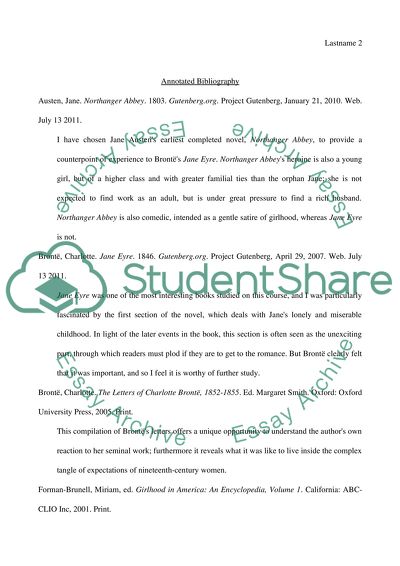Cite this document
(“This Terrific Separation: The Experience of Girlhood in Jane Eyre and Research Paper”, n.d.)
Retrieved from https://studentshare.org/music/1427843-you-decide-what-title-is-good-for-the-research
Retrieved from https://studentshare.org/music/1427843-you-decide-what-title-is-good-for-the-research
(This Terrific Separation: The Experience of Girlhood in Jane Eyre and Research Paper)
https://studentshare.org/music/1427843-you-decide-what-title-is-good-for-the-research.
https://studentshare.org/music/1427843-you-decide-what-title-is-good-for-the-research.
“This Terrific Separation: The Experience of Girlhood in Jane Eyre and Research Paper”, n.d. https://studentshare.org/music/1427843-you-decide-what-title-is-good-for-the-research.


